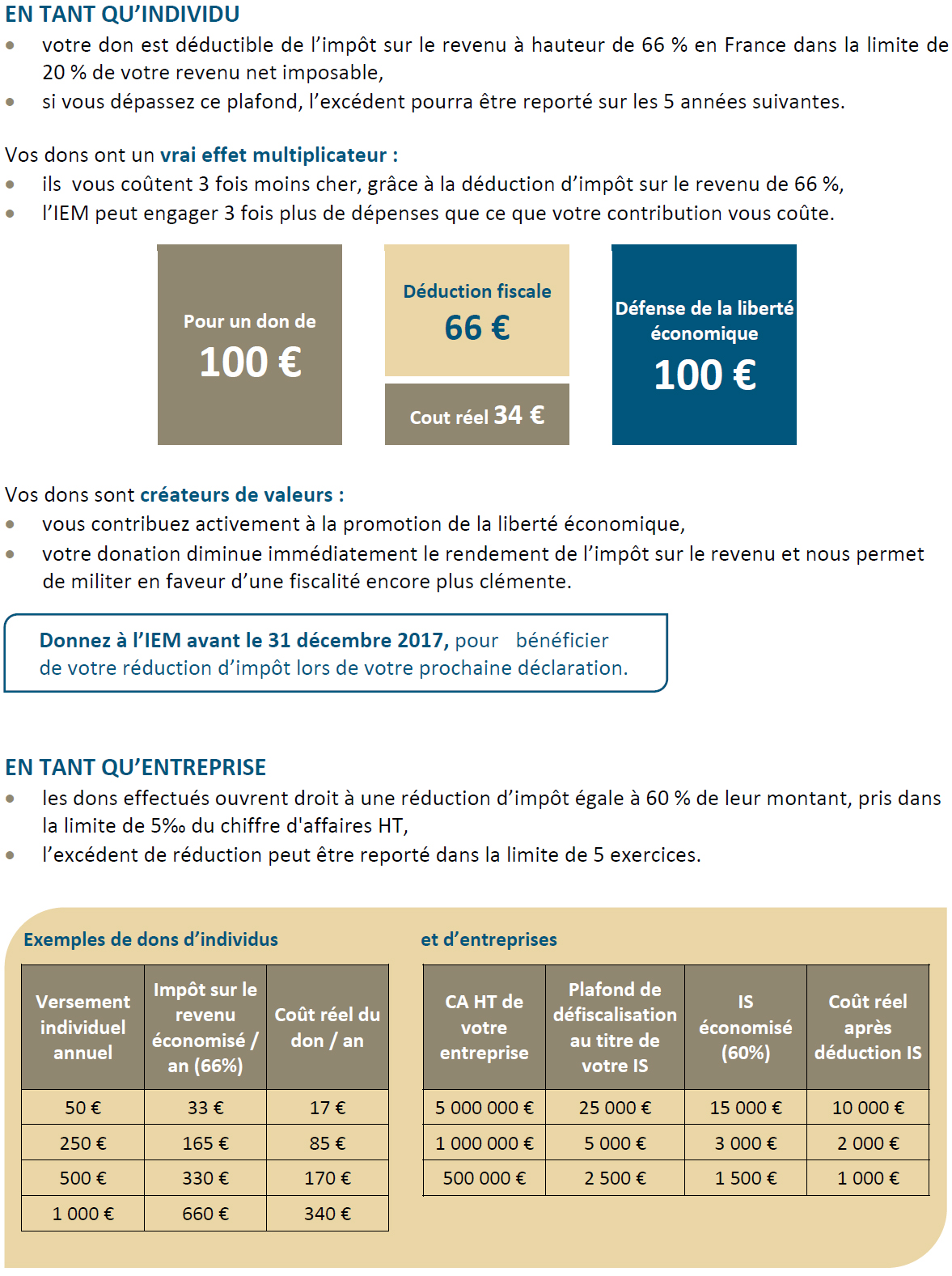Covid and its possible long-term economic impacts
Paris, February 27, 2023 – The Institut économique Molinari publishes a short report indicating Covid could significantly reduce potential growth (early withdrawal from the labor market, lower growth in exposed sectors) while increasing collective costs (health spending, early retirement, etc.).
While a great deal of uncertainty surrounds this subject, many studies indicate that the phenomenon deserves attention as the economic and social consequences could be significant. There is a risk that this pandemic will cause a negative scissor effect on our economies and public finances.
Indeed, at the World Economic Forum held in Davos from January 16 to 20, a formidable arsenal of measures was waiting for « key political, business, artistic and intellectual leaders of society » to protect them from Covid. Contrary to the prevailing view that it is simply impossible to get into battle against Covid, the organizers of the Forum showed the opposite.
WORRYING DATA
In the United States, David Cutler (Harvard University), Katie Bach (Brookings Institution), Brendan M. Price (Federal Reserve) or the Bureau of Labor Statistics show Covid creates tensions on labor markets frequently at full employment:
- David Cutler arrives at the cost of 3 700 billion over 5 years considering three types of costs – loss of quality of life over 5 years ($2,195 billion), loss of income ($997 billion) and rising health costs ($528 billion).
- According to Katie Bach, “the annual cost of lost wages alone is about $170 billion per year (and could even reach $230 billion)”
- Brendan M. Price finds that « individuals who have Long Covid are about 3 percentage points less likely to be employed than those who have had Covid, without experiencing symptoms for more than three months. »
- In January 2023, the labor force participation rate was only 62.4% according to the Bureau of Labor Statistics. This figure has not yet returned to the February 2020 level of 63.3% and has been stagnant since March 2022.
- Professors Jose Maria Barrero (Instituto Tecnologico Autonomo, Mexico), Nicholas Bloom (Stanford) and Steven J. Davis (Chicago Booth School of Business) describe as « long social distancing” the more than 10% of people saying they will not return to their pre-Covid activities and the 45% who will not return to their pre-Covid activities.
In the United Kingdom, data accumulate as well:
- The CIPD (Chartered Institute of Personnel and Development) – an association of human resource management professionals – reveal in its February 2022 survey that « 26% of employers now consider Long Covid as a main cause of absence due to long-term illness ».
- In May 2022, Michael Saunders at the Bank of England points out that between the fourth quarter of 2019 and the first quarter of 2022, the number of people aged 16 to 64 who are outside the labor force and do not want a job increased by 525,000, including 320,000 people with long-term illness and 35,000 with short-term illness.
In France, the signals are weaker but they exist.
- In its 2021 Annual Absenteeism Barometer, Malakoff Humanis notes that Covid-related stoppages were up significantly in 2021. They accounted for 12% of stoppages, up from 6% in 2020.
- Over the first 10 months of 2022, the daily allowances paid by the Health Insurance for illness (excluding accidents at work) were up 49% compared to 2019, 19% compared to 2021 and even 5% compared to 2020 when no vaccine was available. Since the beginning of the pandemic, the increase in daily allowances for the disease represents an additional cost of 6 billion compared to the pre-Covid trend.
Long Covid is starting to become a social phenomenon that is increasingly difficult to ignore, whose impact on companies and the business world could be significant.
With the proliferation of scientific work, it seems increasingly likely that the pandemic will have lasting health and economic consequences.
If the costs are close to the estimates, this puts into perspective the prevention-related expenditures against Covid that would be worth implementing, particularly from the perspective of improving air quality.
THE REPORT AND THE AUTHOR
Covid and its possible long-term economic impacts has been written by Cécile Philippe, PhD. She wrote some 50 articles related to Covid in the press (Les Echos, L’Opinion, Le Point…) and co-signed a consensus paper published in Nature and an article on mass testing published in The Lancet.
This note is available:
In English: https://www.institutmolinari.org/wp-content/uploads/2023/02/point-impacts-covid-fev2023_EN.pdf
and in French: https://www.institutmolinari.org/wp-content/uploads/2023/02/point-impacts-covid-fev2023_FR.pdf
ABOUT THE THINK TANK
The Institut économique Molinari (IEM) is a research and education organization whose mission is to promote a better understanding of economic phenomena and challenges, by making them accessible to the general public. To this end, it carries out scientific research, organizes reflection circles, edits publications, offers training and all forms of teaching in this direction.
The IEM is a non-profit organization, funded by voluntary contributions from its members, individuals, foundations or companies. Asserting its intellectual independence, it did not accept any public subsidy.
FOR INFORMATION OR INTERVIEWS, CONTACT
Cécile Philippe, President, Institut économique Molinari
cecile@institutmolinari.org
+33 6 78 86 98 58
Or Nicolas Marques, Managing Director, Institut économique Molinari
nicolas@institutmolinari.org
+33 6 64 94 80 61





